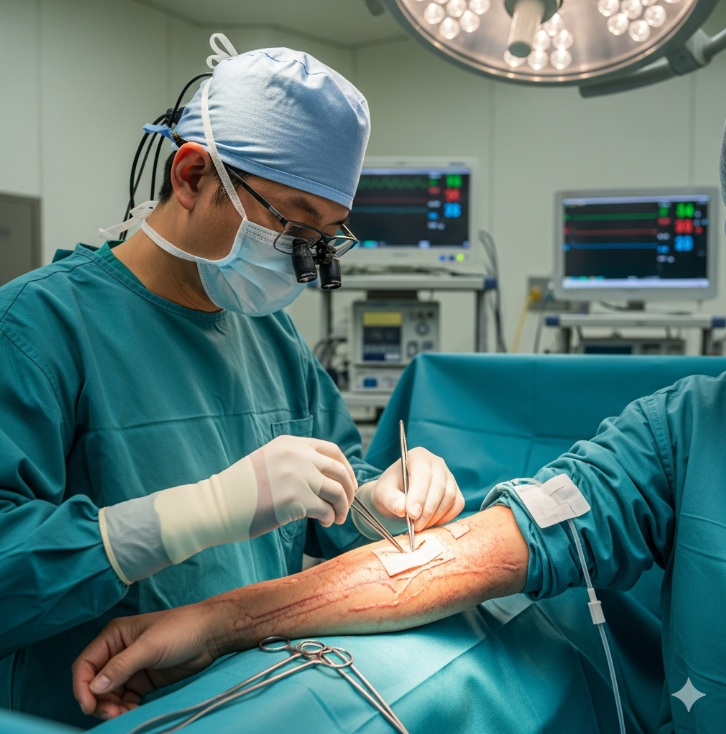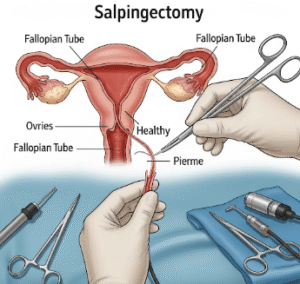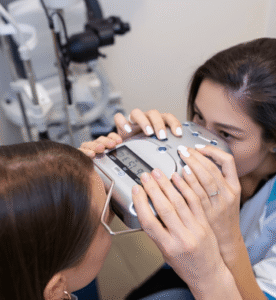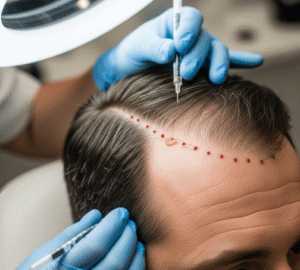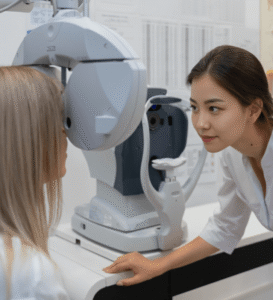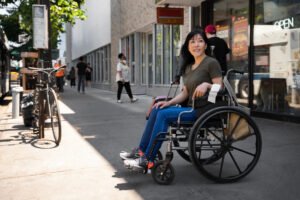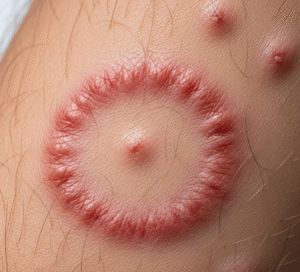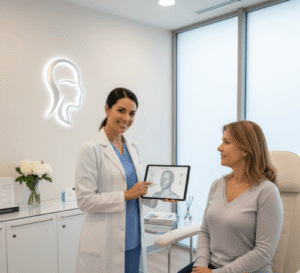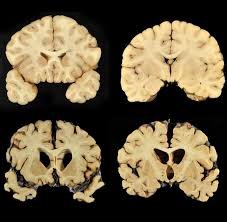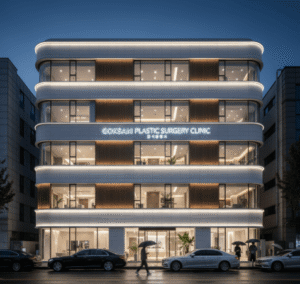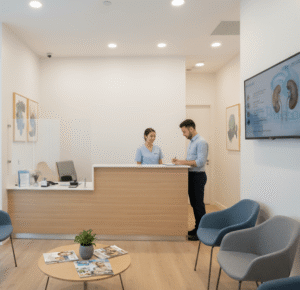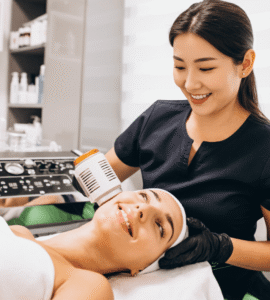What It Is
Post-burn reconstruction refers to a series of surgical and non-surgical procedures designed to restore both function and appearance after severe burn injuries. Burn scars often cause disfigurement, contractures (tightening of skin), pigment changes, and restricted mobility.
Reconstruction may include skin grafts, local or free flaps, contracture release, tissue expansion, fat grafting, and laser treatments. In Korea, advanced techniques combine microsurgery, regenerative medicine, and scar management to help patients regain confidence and quality of life.
Why It’s Done
Patients undergo post-burn reconstruction because:
- Burn scars cause functional problems, restricting joint movement or facial expressions.
- They experience disfigurement that impacts self-esteem and social confidence.
- Scars cause pain, itching, or recurrent wounds.
- They need comprehensive rehabilitation after surviving severe burns.
Good candidates include:
- Patients with mature burn scars causing cosmetic or functional problems.
- Children whose growth is restricted by burn contractures.
- Adults seeking improved appearance and comfort after burn recovery.
Alternatives
- Non-surgical scar management: Silicone sheets, steroid injections, or pressure therapy.
- Laser scar therapy: Reduces pigmentation, thickness, and itching.
- Physiotherapy: Maintains mobility but cannot correct fixed contractures.
Preparation
Before undergoing post-burn reconstruction in Korea, patients will:
- Have a comprehensive consultation with a burn reconstruction team (plastic surgeons, dermatologists, and rehabilitation specialists).
- Undergo imaging or motion analysis if joints are affected.
- Stop smoking and alcohol 4 weeks before surgery.
- Prepare for long-term treatment, as multiple staged procedures may be needed.
- Begin physiotherapy or occupational therapy before surgery if required.
How It’s Done
Reconstruction depends on the type and severity of scars:
- Scar contracture release: Tight scars are released surgically.
- Skin grafts: Split-thickness or full-thickness grafts cover defects.
- Local or regional flaps: Neighboring tissue is moved to cover areas needing better texture and elasticity.
- Free flaps with microsurgery: Tissue from distant body sites is transplanted to reconstruct large or complex defects.
- Fat grafting or dermal substitutes: Improve elasticity, thickness, and contour of scarred skin.
- Laser resurfacing: Smoothens, softens, and improves pigmentation.
Recovery
- First 2 weeks: Wound care and monitoring of grafts or flaps. Pain, swelling, and itching are common.
- Physiotherapy: Begins early to prevent stiffness and recurrence of contractures.
- Compression garments: Often required for several months to control scarring.
- Return to activities: Light duties resume in 2–3 weeks, but full recovery may take months.
- Final results: Gradual improvements seen over 6–12 months, with continued refinement as scars mature.
Possible Complications
- Recurrence of contractures or hypertrophic scars.
- Graft or flap failure.
- Irregular pigmentation or texture mismatch.
- Rare risks: infection, chronic pain, or nerve damage.
Treatment Options in Korea
Diagnosis
Korean burn reconstruction teams use clinical evaluation, 3D imaging, and motion analysis to assess scars and function. Multidisciplinary care is emphasized for complex cases.
Medical Treatments
- Laser therapies (fractional CO₂, pulsed dye, or Nd:YAG) for scar softening and pigment correction.
- Steroid or anti-fibrotic injections for keloid or hypertrophic scar prevention.
- Topical silicone gels and pressure therapy for ongoing scar control.
Surgical or Advanced Therapies
- Contracture release with grafts or flaps for functional recovery.
- Microsurgical free flaps for extensive burns.
- Fat grafting and regenerative techniques for scar quality improvement.
- Combination therapy (surgery + laser + physiotherapy) for optimal outcomes.
Rehabilitation and Support
- Long-term physiotherapy and occupational therapy for mobility restoration.
- Scar management programs with compression garments and adjunct laser therapy.
- Psychological support and counseling for burn survivors.
- International clinics in Korea provide multilingual patient care and tailored recovery plans.

